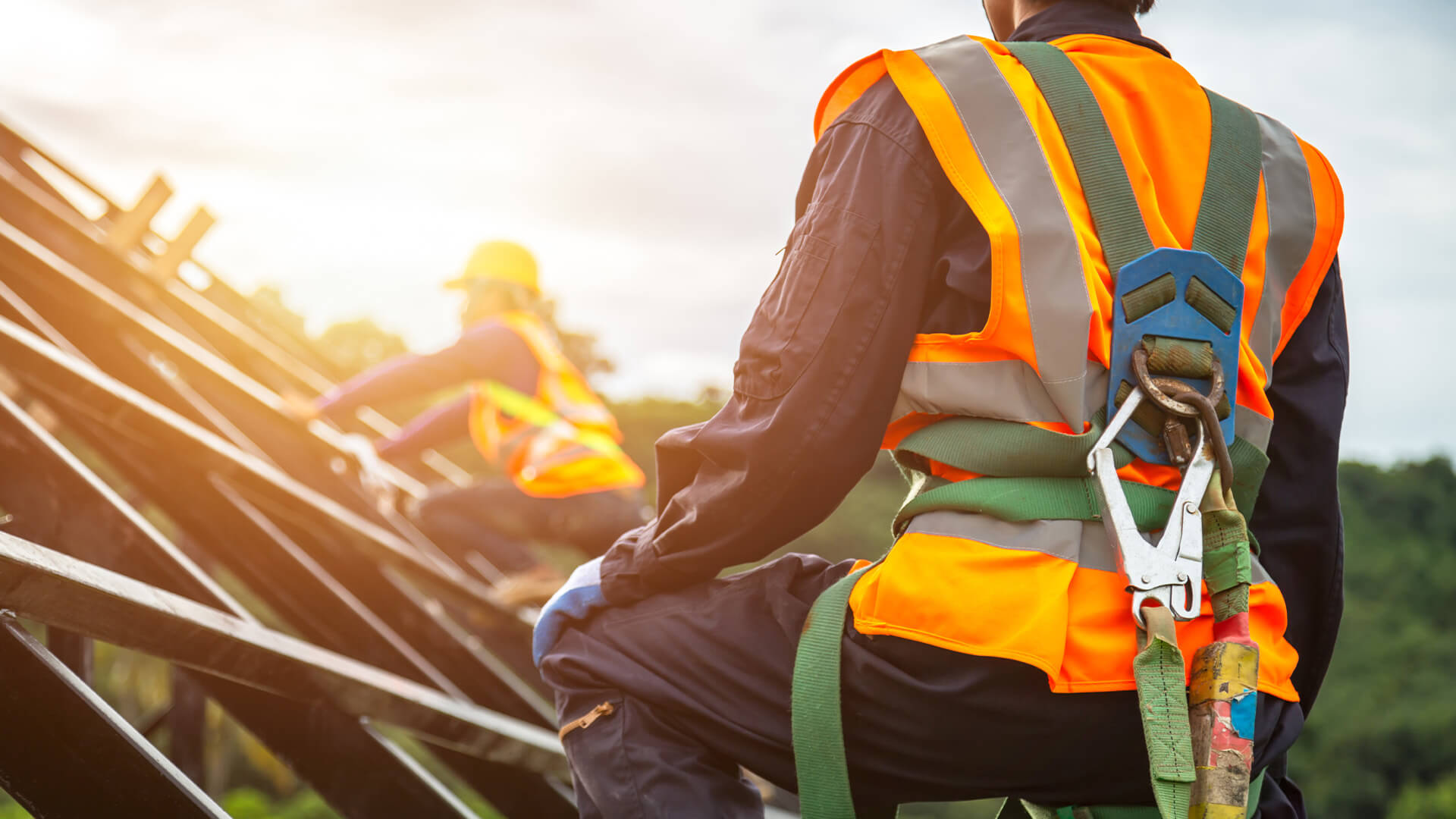The risk of accidents is higher on a construction site, and falls continue to be the leading cause of fatal work-related injuries. In 2019, around 36% of deaths in this industry were attributed to a fall from elevation, which led to a total of 401 fatalities.
Also, if a fall isn’t fatal, it can leave long-lasting damage which will cost the person their livelihood. And, to add to an already tragic situation, in many cases, the injured person is the only source of income for the entire family.
The good news is that the risk can be lowered (and even eliminated) with proper planning, training, and supervision. This means that the construction site manager(s), owner(s), and supervisor(s) must work to find the right safety measures that will help keep people working on elevated structures safe.
If you are looking for ideas for safety measures, we put together a list of the most common and reliable prevention methods that will help you keep everyone safe without bloating the budget.
1. Using OSHA-Compliant Safety Gates
Safety gates can prevent access to scaffolding or other elevated construction structures for unauthorized personnel. Also, an adjustable safety gate that’s sturdy enough, can serve as a stopper if someone tumbles down the stairs. This way, they may get a few bruises, but they won’t fall any further.
2. Using Fall Arrest Systems
Safety harnesses, ropes, and systems that secure someone who has to work at high altitudes are a must-have on a construction site. Also, everyone must wear appropriate equipment, starting with protective helmets and steel toed boots (if the situation deems it necessary).
Also, it’s crucial that you provide workers with the right type of ladders (in terms of length and sturdiness), that have a securing system that’s easy to use even when outdoor conditions aren’t very friendly.
3. Safety Nets
Not all workers need harnesses and systems to secure themselves to the building. Most people who work on scaffoldings will also be inconvenienced by the ropes and cords, and the situation could turn dangerous if a group works in close proximity.
So, to keep everyone safe, safety nets need to be attached to the scaffolding. This way, if an accident occurs, the net will catch anyone falling off.
4. Do a Job Hazard Analysis
This may require the presence of a specialized company (if your construction site doesn’t have a safety specialist already) and implies a thorough analysis of the current settings. This analysis will help you understand the main risk on this specific construction site and will point out the best safety measures to apply.
The Job Hazard Analysis will also take a critical look at your existing equipment and decide if it’s still safe to use. You may also have to replace used cords, weakened rails, and other pieces affected by rain, sun, or cold temperatures.
5. Training Sessions
You can’t have all that fancy equipment around and not teach people how to use it, right? Well, safety training is not just about how to use your equipment, but also about how to make sure you are safe at all times.
Participants also learn how to help someone who has suffered an accident, how to be careful when operating heavy machinery, and why work protocol must be respected at all times. Plus, safety training must be repeated every few months to make sure everyone is up to date with the norms and regulations.
Wrap Up
Working on a construction site is a wonderful job opportunity, but only if the right safety measures are in place. Plus, if you are a construction site manager, you should know that things go a lot faster when people feel safe in their environment.
































